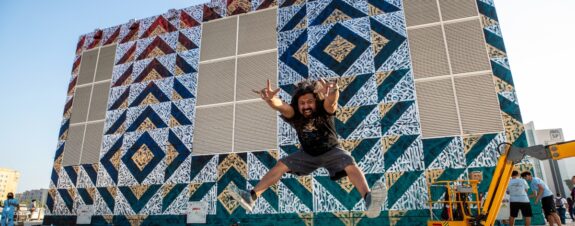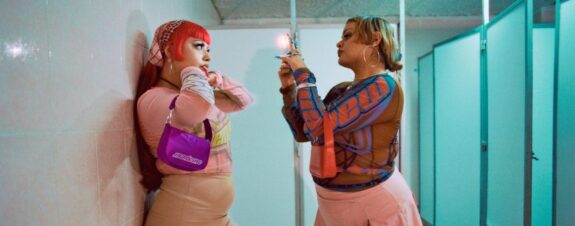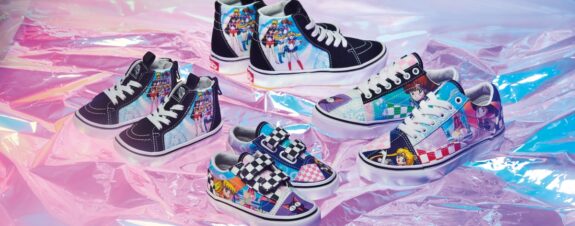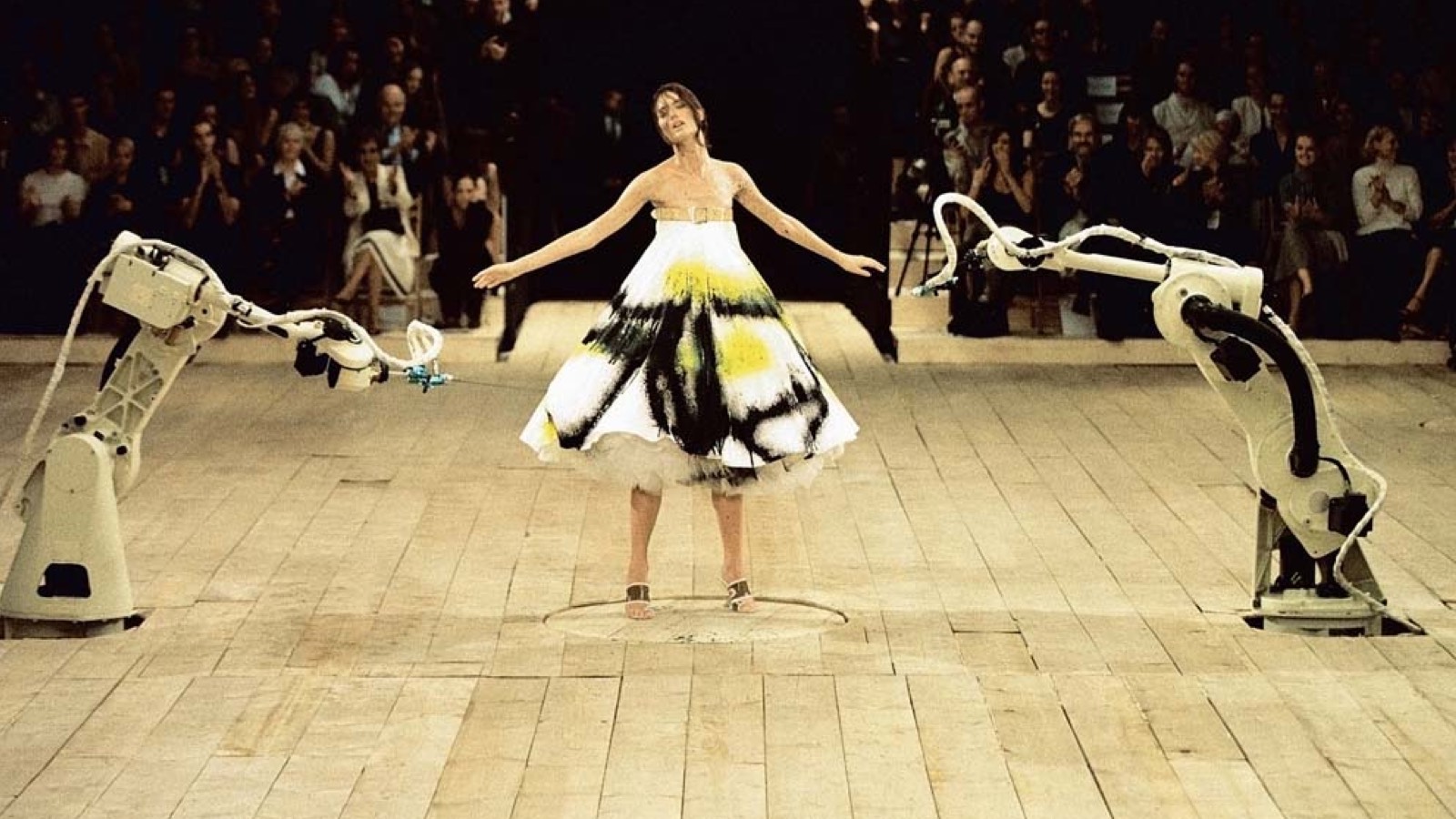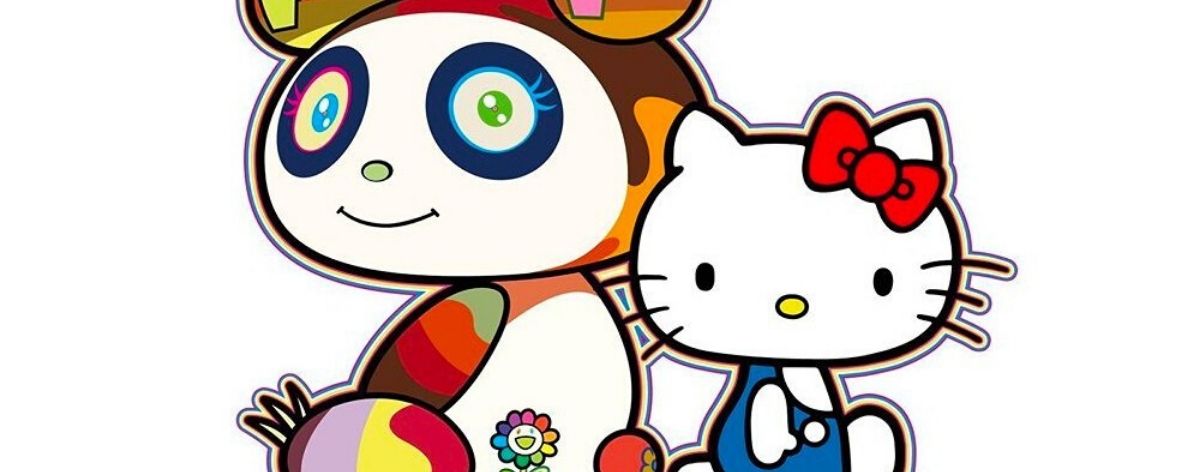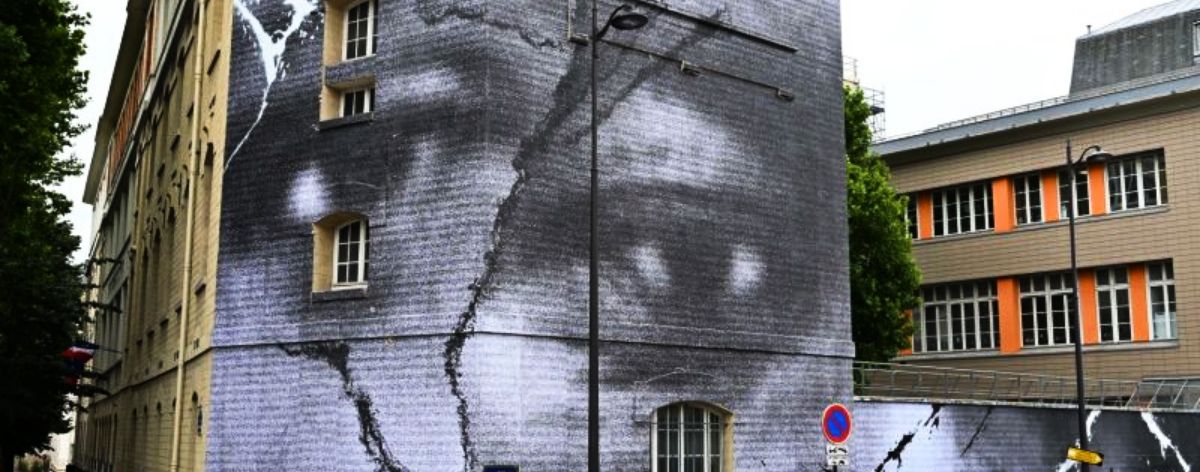[spacer height=”20px”]
By Nicole Chaput
[spacer height=”20px”]
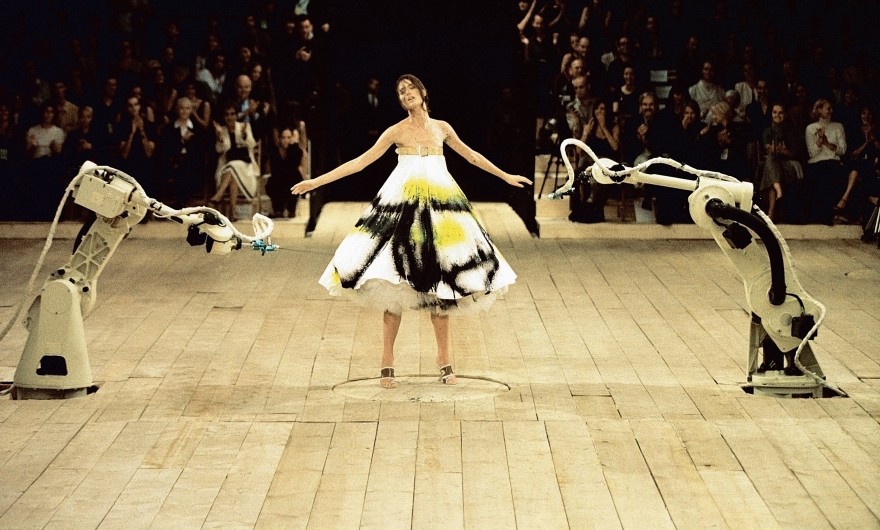
[spacer height=”20px”]
I remember the day it happened. February 11, 2010. I remember I saw one of his scarves on sale as I walked past Saks Fifth Avenue some days earlier. It was as if the store had anticipated the rising demand for his designs after his tragic death.
[spacer height=”20px”]
I remember I went to see how much money I had saved: only monogramed skulls could warm up Alexander McQueen’s death. I wrapped around my neck the scarf, it was olive green silk and I did not need another reason to purchase it. This was not the first time I bought a garment as a coping mechanism, but the need to hold something that resembled him had never been so urgent.
[spacer height=”20px”]
Two things concern me when thinking about Alexander McQueen: his death falling into the realm of cliché tragedy and his work being misconceived as a mere product.
[spacer height=”20px”]
Appreciation for the Fashion Industry is challenging considering its exclusive nature and its growing commercial value. Art products in general are prone to become indicators of wealth. Owning an important or well-known artwork yields associations that are hardly ignored. If the arts are prone to categorize individuals into a probable socioeconomic status given that they can afford luxurious items, then this is even truer for Fashion products because they do not hang in your dinning room; they cling to your body and become part how you are perceived by acquaintances and interactions. A Birkin bag by Hermes is as much of a social indicator as having a Picasso painting on your wall. But the Birkin will be spotted by everyone who looks at you and the painting will only be seen by the people invited to your home. High Fashion is no doubt a statement of accumulated wealth and a profitable investment inside exclusive social circles.
[spacer height=”20px”]
Because of the effect High Fashion has on consumers and its classicist derivatives it is often stigmatized. The Fashion Industry is commonly conceived as expensive product making and the craft that goes into it is often overlooked because of its negative connotations. Fashion Design and almost every other art form has to lean somewhat on the commercial side to continue its production and especially in today’s compromised economy. Many argue that what sells from these Fashion Houses is the price tag insinuated by a given logo. It is no surprise that the logos are getting larger each season. The craft put into Fashion seems to be forgotten by consumers and suppliers are succumbing to such demand and that is why it is not surprising at all that Fashion products are seen as clothes and not artworks. Fashion seems to be threatened by the bad taste of consumers who only want to let the world know they can afford a Louis Vuitton clutch bag. Although many houses like Chanel have caved into the circuit of tacky logos that simulate luxury at the expense of their art making, some designers have repelled this notion, and for doing so, Alexander McQueen holds a special place in my heart.
[spacer height=”20px”]
Alexander McQueen graduated from St. Martins College of Arts in London and his garments immediately stood out to Isabella Blow, his main investor. Almost every collection by Alexander McQueen was inspired on Pop Culture products like film, music, myths and relevant historical figures. McQueen’s content always reflected an analytical attitude towards the role of Pop Culture in our society and art making. McQueen is particularly notorious for his theatrical runways, where he created intricate atmospheres for his garments to exist in. McQueen calculated the music, the stage, the attitude of each model, the climate, the lighting and even the title of each collection. His fashion shows were carefully orchestrated and deepened the audience’s conception of a given theme. He was not only designing clothes for a brand, he was designing environments and grotesque habitats for his androgynous models. McQueen seemed to be more invested in creating an atmosphere and presenting that atmosphere rather than his garments in isolation from the built in setting. The models adopted the character scripted by McQueen and their presence in the runway was more a performance than a typical walk. McQueen’s fashion shows had complex choreographies that added to every single garment. The garments designed by McQueen were not to be looked at as garments, they were meant to be looked at as the garments worn by the people living in the atmosphere he had created.
[spacer height=”20px”]
Yet, the theatrical essence of his shows was a reason for complains from important buyers. Buyers argued that they could not appreciate the garments because of all the other things going on during the presentation. After these complain, McQueen had to compromise his creations. He could either continue to pursue his performances as performances or cut back on his theatrics to appeal more buyers. His collections went back and fourth and his mental dilemma was clear as seasons went by. The sad truth was he needed buyers to continue his making even if that meant his work would be less genuine. No one wants to sell out, but this problem is faced by most artists who have to settle for what will be sold more even if that means creative output will drop significantly. Although Alexander McQueen did cut back on his extravagant performances; for the most part he stayed true to his creative ambition.
[spacer height=”20px”]
McQueen emphasized this issue in the Art World and his frustrations by it were present in his shows. The ever-present negotiation of the artist between making an artwork with a profound insight or an important social commentary versus making something that will sell is common. This issue reveals a lot about consumers today and how it is a larger concern to buy something that will have some kind of social profit (i.e. belonging, popularity, reassuring social status) rather than something that has a more metaphysical or educational significance. Education, thoughtfulness and the metaphysical concerns that are behind aesthetic output are worth nothing in many sectors or today’s society. Content has lost its significance and that is punching art into a corpse that performs as a mere product eligible for consumption. I suspect buyers are opposed to criticisms on capitalism as well because such analysis defeats their purpose. Are corporations slowly extinguishing artistic content related to capitalism to maintain and expand their ever-growing range of consumers? Awareness on the matter may jeopardize their mission.
[spacer height=”20px”]
Alexander McQueen was one of the most innovative artists of this century. Sarah Burton is currently the creative director of his brand; yet, I do not think she acknowledges McQueens vision. Maybe her refusal to continue his theatrical shows is a respectful I will not try to be at your level of genius or maybe it is strategy to give the buyers what they want and profit from more sales. I like to think it’s the first option.
[spacer height=”20px”]
This brutal artist died six years ago, but his legacy continues. His criticisms towards the fashion industry and consumerism as well as his propositions for alternative universes are still remembered fondly.
[spacer height=”20px”]
A moment to remember his most memorable moments:
[spacer height=”20px”]
FALL/WINTER 1999: THE OVERLOOK
[spacer height=”20px”]
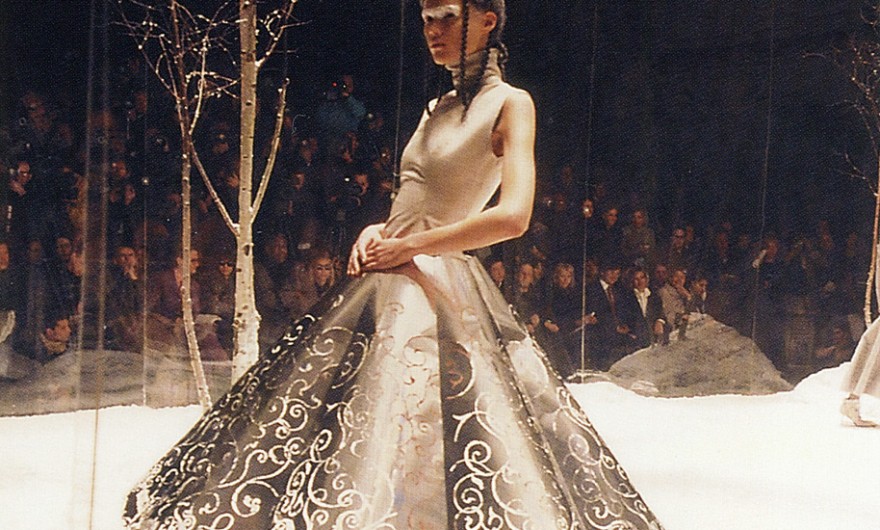
[spacer height=”20px”]
SPRING/SUMMER 2001:VOSS
[spacer height=”20px”]
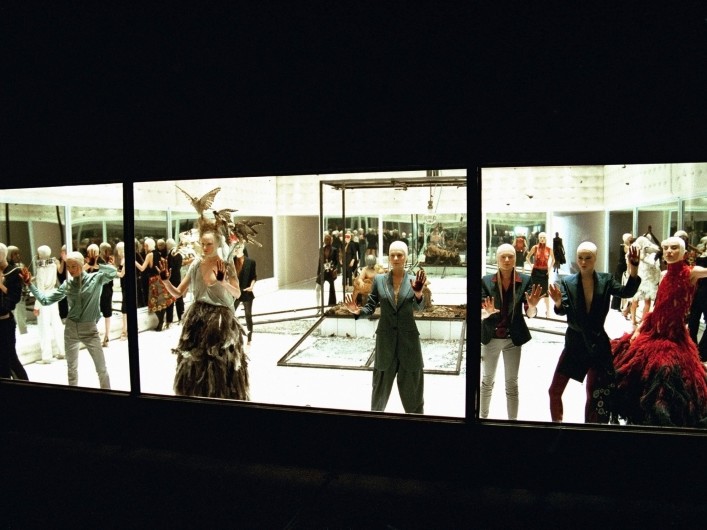
[spacer height=”20px”]
I think this was one of the most complex collections by Alexander McQueen. The fashion shows started late, intentionally. The audience had in front of them a large cube of mirrors. The delay of the show forced the audience to look at themselves in the mirrors for some time, forcing a collective wave of narcissism and triggering an uncomfortable shared vanity.
[spacer height=”20px”]
SPRING/SUMMER 2004: DELIVERANCE
[spacer height=”20px”]
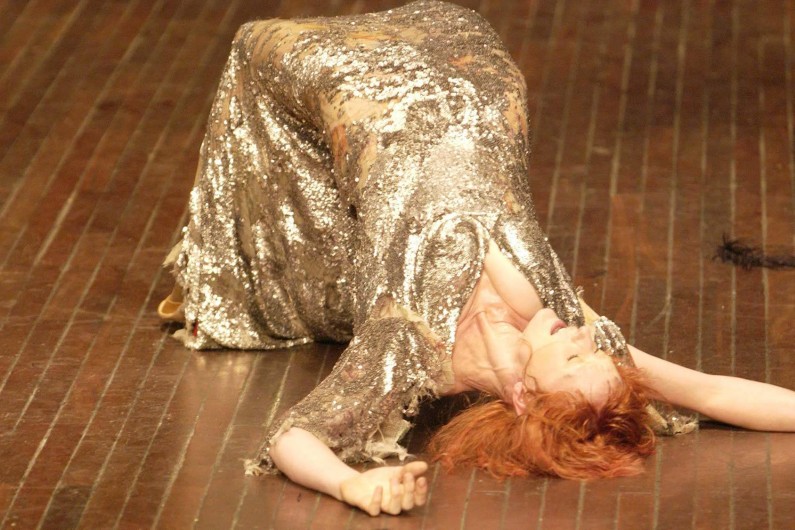
[spacer height=”20px”]
This collection was inspired by the Sydney Pollack 1970 movie ‘They Shoot Horses Don’t They’; it was choreographed by Michael Clark, who helped McQueen recreate the widely known dance marathon motif.
[spacer height=”20px”]
FALL/WINTER 2004 MENSWEAR: TEXIST
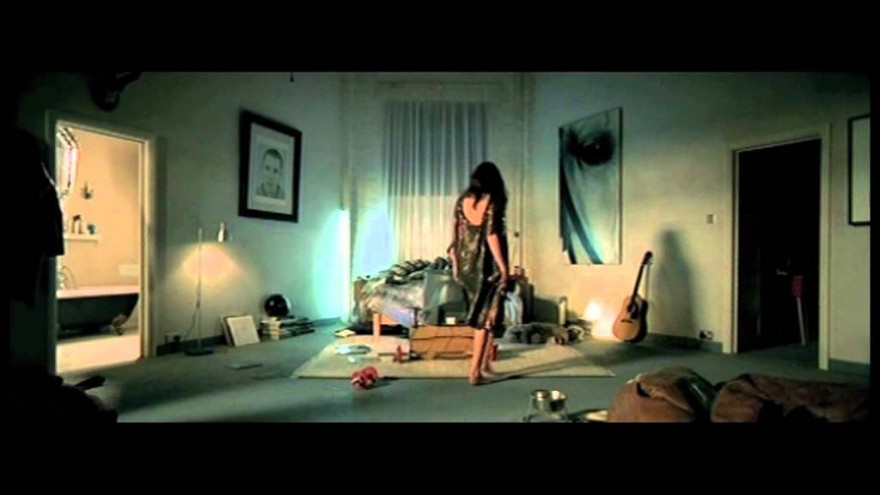
[spacer height=”20px”]
McQueen launches his 2004 men’s autumn/winter line in short film where he made and designed the set. Although McQueen included some male garments in his previous collections, this is his first established menswear line.
[spacer height=”20px”]
SPIRNG/SUMMER 2005: I’TS ONLY A GAME
[spacer height=”20px”]
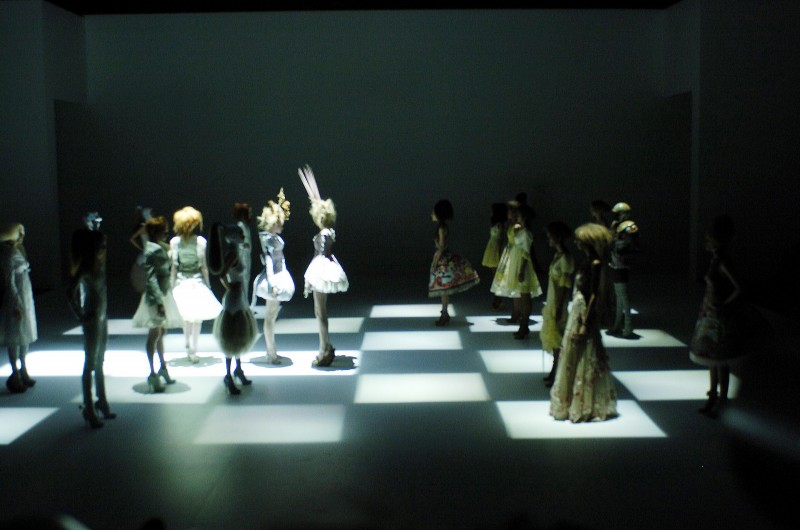
[spacer height=”20px”]
McQueen had 36 models go through the end of the runway, when they were returning they would organize themselves in rows and columns. The purpose of this remained unknown to the public, but by the middle of the show, when the models have all aligned, the number and the purpose of this set up is revealed: it is a chess game. At the end of the show, the models fought against each other in the same way as they would if they were chess pieces.
[spacer height=”20px”]
FALL/WINTER 2007: In Memory of Elizabeth Howe, Salem, 1692
[spacer height=”20px”]
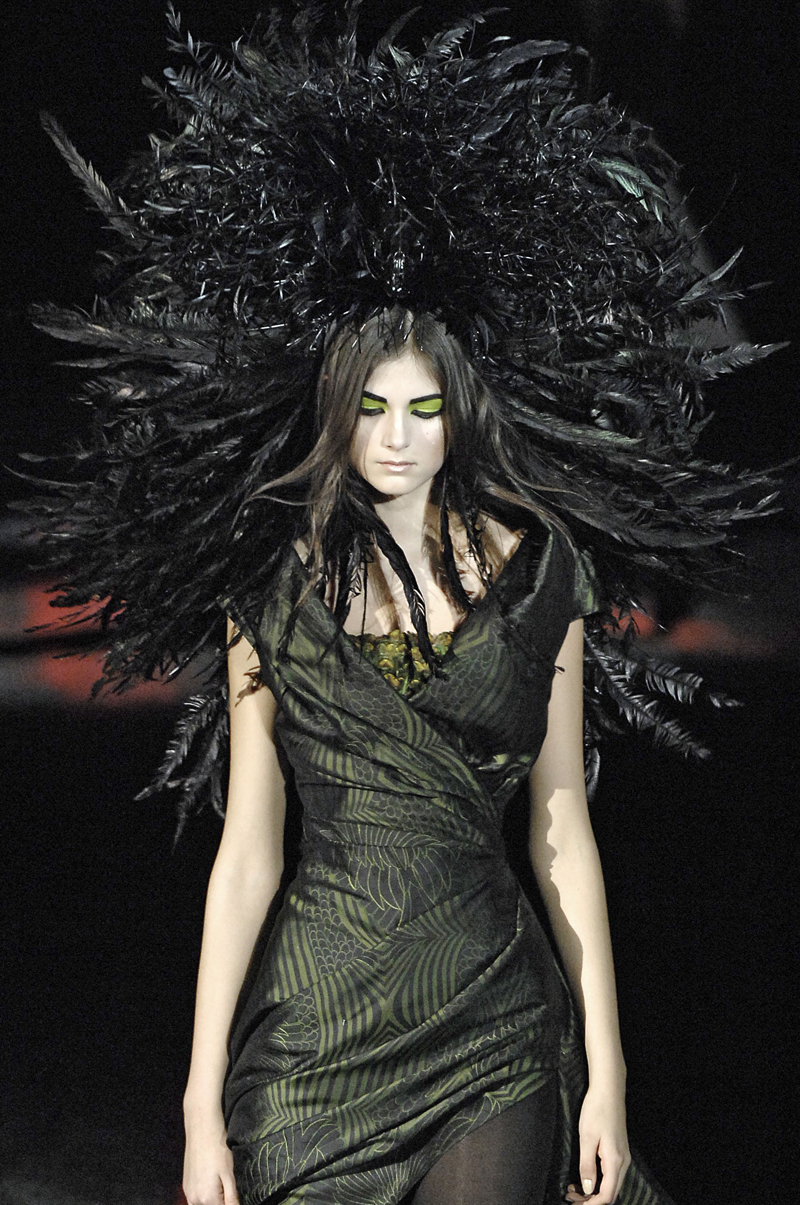
[spacer height=”20px”]
This collection was dedicated to a witch that died in the Salem witch trials. He traced his mother’s bloodline and realized that one of his relatives had been killed in one of the trials and decided to dedicate this collection to her.
[spacer height=”20px”]
SPRING/SUMMER 2009: Natural Dist-inction Un-natural Selection
[spacer height=”20px”]
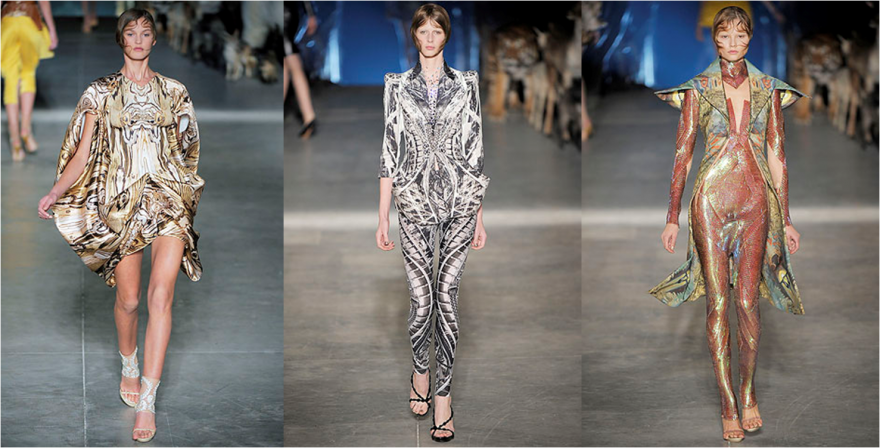
[spacer height=”20px”]
When the models were walking down the runway, the fabrics and materials of each garment moved like the glowing fur of animals while the technological intervention to make such prints was evident.
[spacer height=”20px”]
FALL/WINTER 2009: The horn of plenty
[spacer height=”20px”]
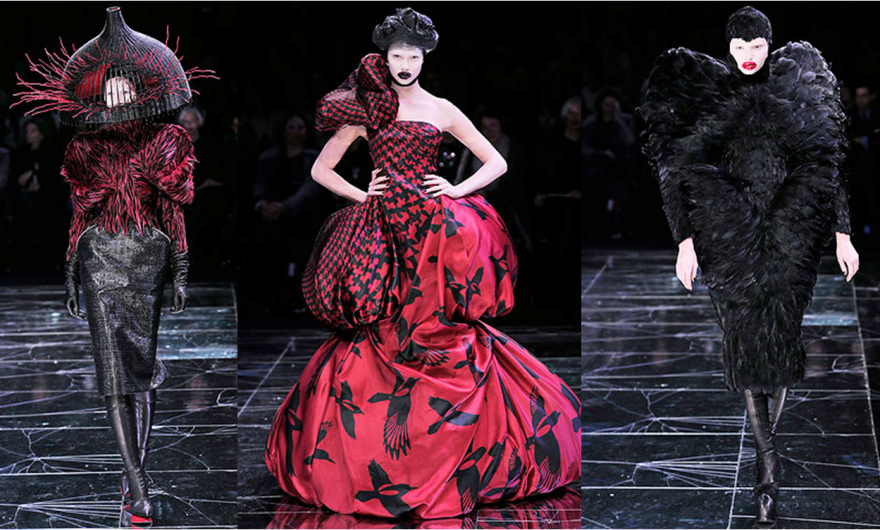
[spacer height=”20px”]
This collection glares back at fashion and mocks it for trotting in the same spot. McQueen put all his consumers into the fashion recycling bin.
[spacer height=”20px”]
SPRING/SUMMER 2010: PLATO’S ATLANTIS
[spacer height=”20px”]
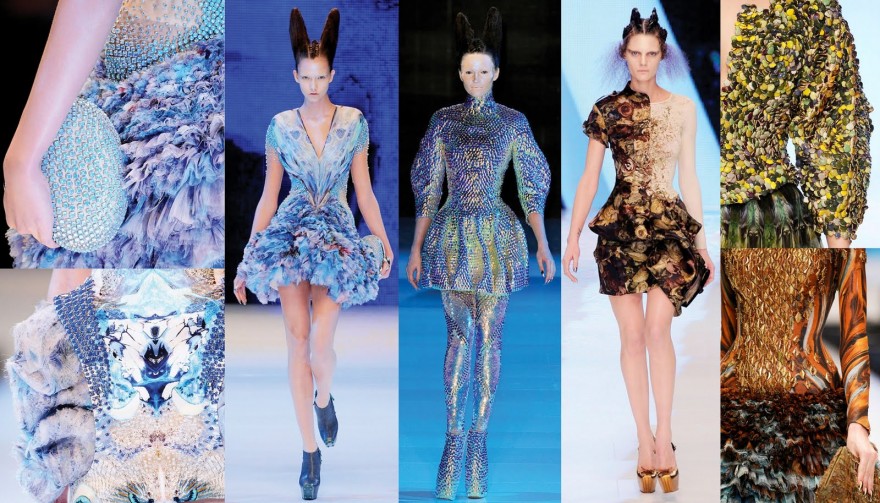
[spacer height=”20px”]
This collection was Alexander McQueen’s last RTWW collection before his death. The way people reacted to it made it seem like this was the designer’s creative climax. It makes me wonder if he knew this was going to be his last collection and if he planned his suicide all along. Did McQueen know he was saying goodbye?
[spacer height=”20px”]

